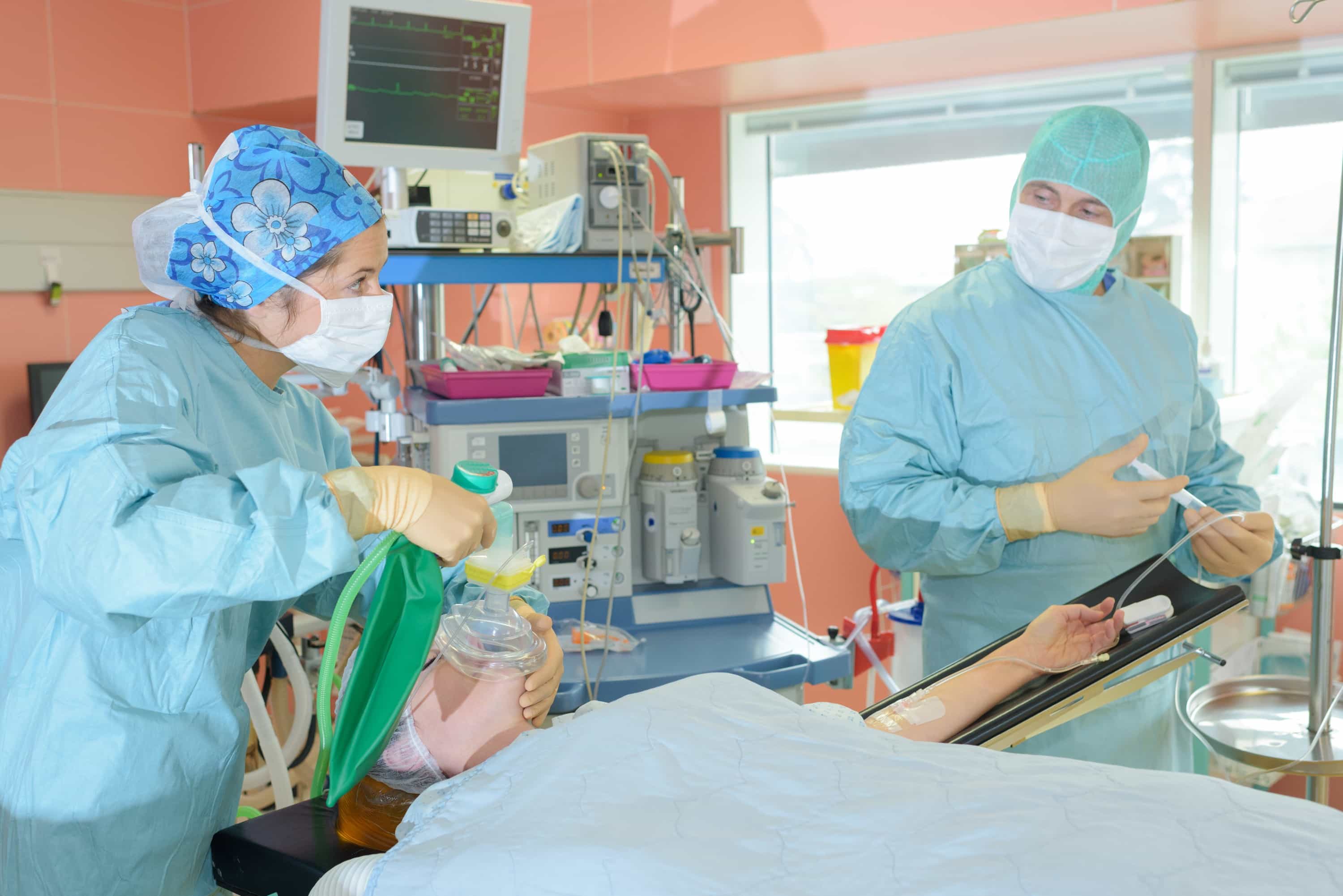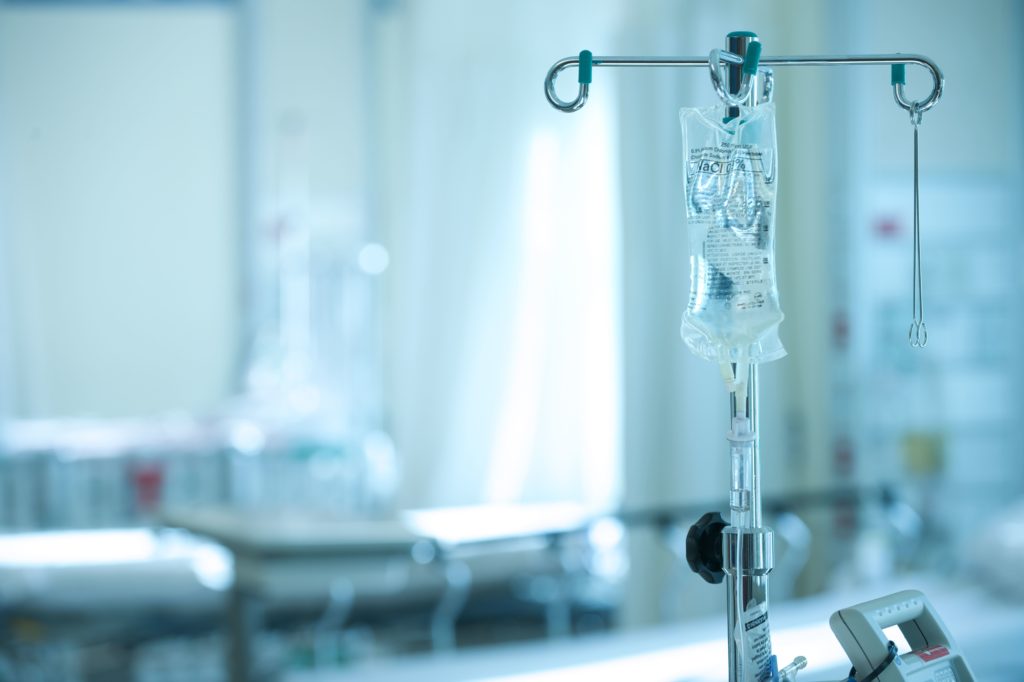
Surgical site infections (SSIs) affect 1-3% of patients within 30 days after surgery.1 While some infections are superficial and associated with mild irritation and discharge, deeper infections can impair wound healing, causing incisions to re-open and infection to spread. For most surgeries involving a significant skin incision, follow-up visits are typically scheduled within 2 weeks. However, sometimes compliance with follow-up is not perfect, and brewing infections can go unnoticed for a long period of time.
Prior to surgery, the anesthesiologist and surgeon evaluate for conditions that predispose a patient to SSI, including diabetes, cancer, kidney and liver disease, as well as habits including cigarette use, heavy alcohol or intravenous drug use. Longer procedures, especially near the intestines which normally harbor bacteria, can progressively increase the risk of bacterial infection and abscess formation. A risk calculator has been developed (and freely available) to assist surgeons, patients, and families in understanding the risks of major complications after surgical procedures.3
Such infections after surgery require a thorough evaluation (with an assessment for the need for re-operation) and several weeks of antibiotics, contributing significantly to healthcare costs that can exceed $20,000.4 For example, SSIs are a cost burden to the healthcare system; it adds more than $20,000 to the patient’s bill and contributes to almost $2 billion in additional healthcare expenditures nationally each year.4,5 For this reason, anesthesia and perioperative care teams emphasize multiple evidence-based strategies during the pre-operative visit and enforce them during the day of surgery:
– Patient pre-operative instructions:
– Patients are instructed to shower the night before many surgeries using an antiseptic rinse, typically chlorhexidine gluconate.
– Hand-washing:
– Hand hygiene protocols in hospitals call for adequate hand washing and scrubbing in a sub-sterile environment immediately prior to entering the operating room.
– Hand sanitizers are recommended for intermittent use during and after procedures, especially when the anesthesia team goes between different equipment and medications.
– Sterile precautions:
– The anesthesia and operating room management have standardized the use of sterile gloves, autoclaved instruments, and large blue surgical barrier drapes.
– In addition, skin preparation with chlorhexidine (i.e. Chloraprep) or iodine (i.e. Betadine) is mandatory.
– Antibiotic prevention:
– Cefazolin (i.e. Ancef, Kefzol) is given by the anesthesiologist within 30-60 minutes of the anticipated start of surgery to prevent potential infections in the vast majority of procedures involving skin incision. Different antibiotics may be given as “prophylaxis” if the operative team anticipates exposure to specific types of bacteria.
– Wound irrigation and post-operative antibiotics:
– The surgeon will thoroughly explore for any potential debris and instill irrigation fluid prior to closing the surgical incision.
– Patients with a compromised immune system and those deemed to already have a severe infection will be continued on antibiotics after surgery, sometimes receiving multiple doses a day through an intravenous catheter for several weeks.
REFERENCES
- Klevens, R.M., Edwards, J.R., Richards, C.L. Jr., Horan, T.C., Gaynes, R.P., Pollock, D.A. et al. Estimating health care-associated infections and deaths in US hospitals, 2002. Public Health Rep. 2007;122:160–166.
- Razavi SM, Ibrahimpoor M, Sabouri Kashani A, Jafarian A. Abdominal surgical site infections: incidence and risk factors at an Iranian teaching hospital. BMC Surgery. 2005;5:2
- Walraven C, Musselman R (2013) The Surgical Site Infection Risk Score (SSIRS): A Model to Predict the Risk of Surgical Site Infections. PLOS ONE 8(6): e67167.
- Reichman DE, Greenberg JA. Reducing Surgical Site Infections: A Review. Rev Obstet and Gynecol. 2009;2(4):212-221.
- Lissovoy G, Fraeman K, Hutchins V, Murphy D, Song D, Vaugn BB. Surgical site infection: incidence and impact on hospital utilization and treatment costs. Am J Infect Control. 2009 Jun;37(5):387-397.

